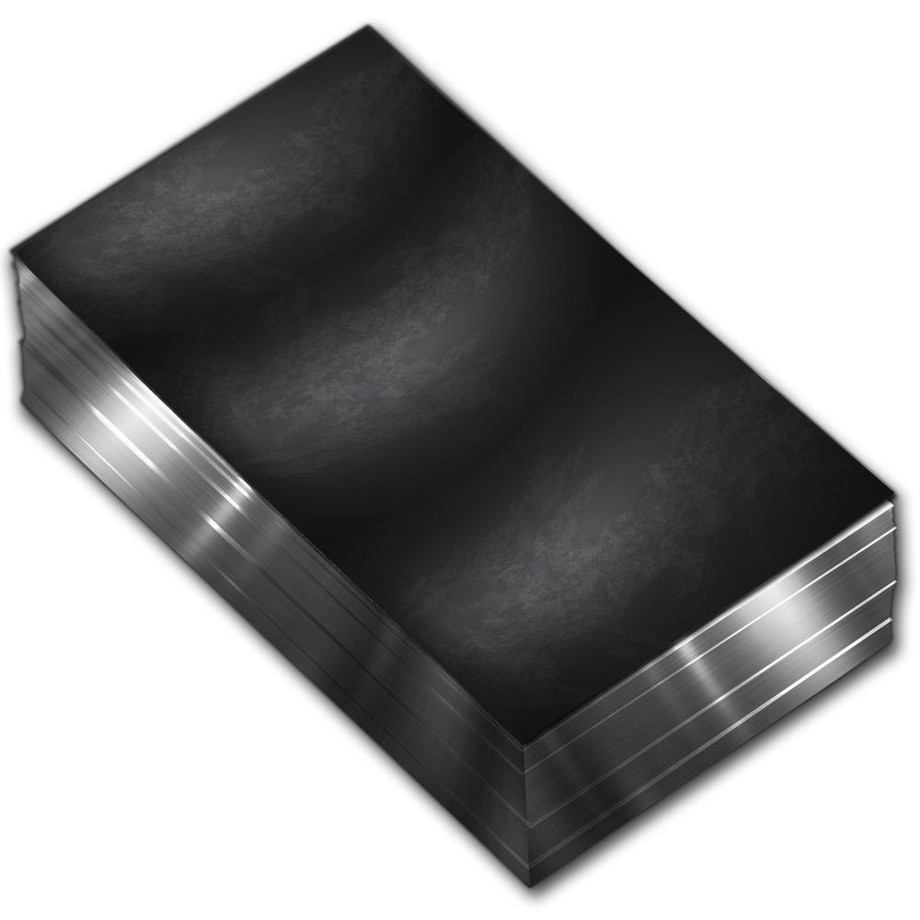Choosing the Right Flat Steel Plate for Your Project: Key Factors to Consider
When embarking on a project that requires the use of flat steel plates, selecting the right type is crucial to ensuring the success and longevity of your work. Flat steel plates are incredibly versatile, used across various industries from construction to automotive manufacturing. However, not all flat steel plates are created equal.
Here are the key factors to consider when choosing the perfect flat steel plate for your project.
1. Material Grade
The first factor to consider is the material grade of the flat steel plate. Different grades of steel offer varying levels of strength, flexibility, and resistance to corrosion. For instance, if you're working on a construction project that requires high strength and durability, you may opt for a grade that offers enhanced mechanical properties. Conversely, for projects that prioritize cost-effectiveness without compromising on quality, a lower-grade flat steel plate might suffice.
2. Thickness
The thickness of the flat steel plate is another critical aspect. Thicker plates are generally used in applications that require added strength and load-bearing capacity, such as in shipbuilding or heavy machinery manufacturing. On the other hand, thinner flat steel plates are often employed in applications where flexibility and ease of fabrication are more important, like in automotive or aerospace components.
3. Surface Finish
The surface finish of the flat steel plate can also impact its performance in your project. Plates can come with various finishes, including hot-rolled, cold-rolled, and galvanized. Hot-rolled plates are typically more malleable and easier to work with but may have a rougher surface. Cold-rolled plates, while harder and smoother, might be more expensive but offer better precision and surface quality. Galvanized flat steel plates provide excellent corrosion resistance, making them ideal for outdoor or marine applications.
4. Treatment Options
Consider any additional treatment options that might be necessary for your flat steel plate. Heat treatments, for example, can enhance the hardness and durability of the plate, making it more suitable for high-stress environments. Similarly, coatings and finishes can improve the plate's resistance to corrosion and wear.
5. Project Specifications
Lastly, always align your choice of flat steel plate with the specific requirements of your project. Consult with experts or engineers to ensure that the plate you select meets all necessary standards and specifications.
In conclusion, choosing the right flat steel plate involves careful consideration of material grade, thickness, surface finish, treatment options, and your project's specific needs. By taking these factors into account, you can ensure that your project not only meets its objectives but also stands the test of time.
For more information and to explore a wide range of flat steel plates, visit Qatar Steel Factory. Check https://www.qatarsteelfactory.com/products/plates


Comments
Post a Comment